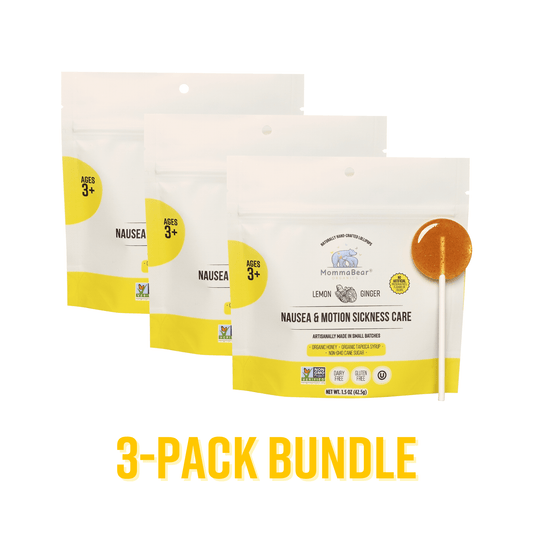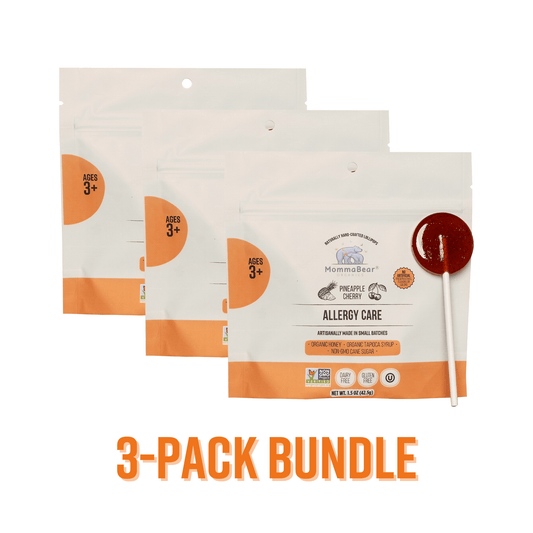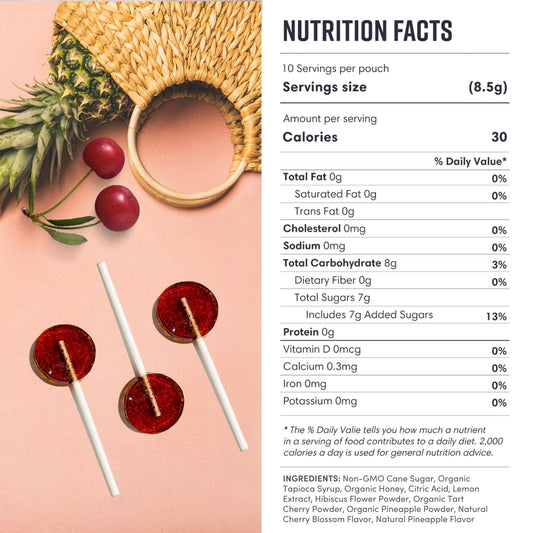Teething. Ugh. It’s one of those things, right? Everyone tells you it’s coming, but when it hits, it feels like your happy little baby has been replaced by a drooly, fussy, sleep-hating stranger. It's a huge milestone, for sure, but it can be so tough. One of the things that really threw me for a loop was the question of vomiting. Like, is that part of it, too? It’s confusing, and when you’re worried, you just want straight answers. So yeah, I wanted to just… talk it out. Figure out what’s real, what’s a myth, and what we can actually do to get through it.
Understanding the Teething Process
So, what’s actually happening in there? Basically, tiny little teeth are pushing their way through your baby’s gums. And yeah, it hurts. It’s just plain uncomfortable for them, and that discomfort shows up in all sorts of ways. My little one got so clingy, and suddenly everything went into his mouth—my fingers, the remote, his own feet. It turns out that chewing is their go-to move because the pressure on their gums actually feels good. It's like a little massage for the pain. It’s their one way of trying to make it feel better.
The Timeline of Teething in Infants
Honestly, every baby is on their own schedule with this stuff, so don't get too caught up in the exact timing. But, there is a general order to how those little pearly whites show up. It can start as early as four months or not until way later, and that’s all totally normal. It can feel like it goes on forever—sometimes until they’re almost three! This is the little timeline I try to keep in my head, just as a rough guide.
-
6-10 months: Central incisors
-
9-12 months: Lateral incisors
-
16-20 months: Canines
-
20-30 months: Molars
Knowing what’s coming next can make you feel a little more prepared, I guess. And it’s kind of sweet to look back and see how far they’ve come, one tiny tooth at a time.
Recognizing the Signs of Teething
Here are the classic signs that I’ve learned to spot. It’s usually a combination of these things that tips me off.
-
Increased drooling
-
Gum swelling and tenderness
-
Irritability and fussiness
-
Disrupted sleep patterns
-
Changes in appetite
Seeing them so upset is the worst, but these things are usually something you can handle at home with a little extra love and some simple tricks. A cold teether from the fridge—not the freezer, I learned that the hard way—or even just a wet washcloth seems to help. Sometimes just rubbing their gums with your finger does the trick. I've heard people talk about low-grade fevers and diarrhea with teething too, which is always a little scary. You just have to keep an eye on it and make sure it’s not something more serious.
The Connection Between Teething and Vomiting
Okay, so this is the big one that used to really worry me. Can teething actually make a baby throw up? I mean, when they're miserable and drooling and then they spit up, it’s easy to connect the dots. It helps to know what the doctors think, though. It definitely gave me some peace of mind.
Medical Opinions on Teething and Vomiting
From what I've gathered, most doctors will tell you that teething, on its own, doesn’t cause vomiting. The real culprit is all that extra drool. They’re producing so much saliva, and they swallow a lot of it, which can totally upset their little stomachs and make them gag or spit up. It’s a fine line, you know? Trying to figure out if it’s just the drool or if they’re actually sick with something else.
Most pediatricians seem to agree that if your baby is actually vomiting—like, really throwing up—it's probably a sign of a stomach bug or some other illness, and not just the teething.
The Role of Saliva Production in Teething and Vomiting
So yeah, it really all comes down to the drool. There is just SO. MUCH. of it. And when they swallow all that extra spit, it can make their tummy feel off and sometimes lead to a little spit-up. It's so easy to see that and think, 'Oh, the teething is making him sick!' I totally get why it's confusing.
Once I understood that it was probably the saliva, not the tooth itself, it made me feel a lot less anxious about it all.
And you have to think about everything else that's going on, too. They’re in pain, they're fussy, they aren't sleeping well… that stress can mess with their little systems, too. I think just being there for them, giving lots of cuddles and trying to keep things calm, makes a huge difference. It won’t stop the drool, but it helps them feel safe and loved while they’re going through it, and that has to count for something.
Debunking Myths About Teething and Vomiting
Oh, the things you read online at 2 a.m. It’s so easy to go down a rabbit hole of misinformation. Let's clear up some of the common myths I’ve heard, because knowing what's not true is just as important as knowing what is.
Common Misconceptions About Teething
Here are a few big ones I used to believe.
-
Teething causes fever: I learned that a really low-grade temperature can happen, but a true, high fever is a sign of something else.
-
Teething leads to diarrhea: Again, maybe some changes in their poop from all the swallowed drool, but actual diarrhea usually means they’ve caught a bug.
-
Teething can cause severe illness: This was a big relief to learn. Teething makes them miserable, for sure, but it’s not going to make them seriously ill.
Talking to our doctor really helped me sort through all the noise. It just makes you feel so much more in control when you know what you’re actually dealing with, which is usually just a very grumpy baby with a sore mouth.
The Truth About Vomiting During Teething
So, the bottom line is that real vomiting isn't a normal part of teething. Spitting up a little more because of all the saliva? Yeah, that can happen. But if they are repeatedly throwing up, it's time to think about other causes, like a virus. It's so important to trust your gut on this.
If your baby is throwing up a lot, seems really out of it, or just isn't acting like themselves, it’s always, always better to just call the doctor. You know your baby best. Keeping a little note on my phone of when things happen and what the symptoms look like has been super helpful when I do need to make that call.
Facts About Teething and Vomiting
I did a little digging to see what the actual research says, because sometimes you just need the facts without all the scary stories attached.
What Research Says About Teething and Vomiting
From what I've read in studies, there isn’t any solid scientific proof that teething directly causes vomiting. It all points back to those side effects, you know? The endless river of drool that can upset their stomach and trigger their gag reflex is the most likely reason for any spitting up. And of course, the pain can make them not want to eat, which can cause its own set of tummy troubles.
It seems like the best approach is to focus on making them comfortable. If you can soothe the teething pain, you can sometimes soothe the other issues that pop up alongside it. And again, just keeping an eye out for anything that seems 'off' or different from their usual teething fussiness is key.
Expert Opinions on Teething-Related Vomiting
Experts seem to say the same thing: watch your baby, not just the 'symptom list.' A crying baby doesn’t automatically mean a tooth is coming through. It's about looking at the whole picture. They really push for the simple, soothing stuff—like a gum massage or a cold teething toy—to help with the pain. It feels so much better to do something that helps, rather than just worrying.
And knowing the general timeline helps, I think. It prepares you for the fact that this isn't a one-and-done thing. It’s a long process, and being ready for the ups and downs makes it a little less stressful for everyone.
Managing Teething Symptoms in Infants
Okay, so what can we actually do about it? It can feel pretty helpless sometimes, but there are a few things that have really worked for us to take the edge off.
Safe and Effective Teething Remedies
This is my go-to list of things to try when the fussiness starts.
-
Teething rings: The ones you can pop in the fridge are amazing. Cold, but not frozen solid.
-
Cold washcloths: So simple, but a cold, wet washcloth for them to chew on can be a lifesaver.
-
Gentle gum massage: Just using a clean finger to gently rub their gums really seems to help.
-
Over-the-counter pain relief: On the really, really bad days, I’ll talk to our doctor about using a little bit of baby acetaminophen or ibuprofen.
Honestly, just trying something can make you both feel better. And creating a calm, cuddly space when they're feeling awful is just as important as any teether. Sometimes they just need to be held.
When to Seek Medical Attention for Teething Symptoms
Teething is tough, but it shouldn't be terrifying. There are definitely times when it’s best to stop guessing and just call your pediatrician.
-
High fever (over 101°F or 38.3°C)
-
Persistent vomiting that does not subside
-
Signs of dehydration, like reduced urination or lethargy
-
Severe irritability that interferes with the infant's regular activities
You know your baby better than anyone. If you feel like something is truly wrong, it probably is. There's no harm in getting them checked out. Peace of mind is priceless.
Conclusion
So, yeah. Teething is a whole journey. It seems the whole vomiting thing is mostly a myth, or at least, it’s more about the massive amounts of drool than the tooth itself. Gagging and spitting up can happen, but real vomiting is probably a sign of something else. At the end of a long day, when you’re tired and your baby is crying, it’s easy to get overwhelmed by all the 'what ifs.' I guess all we can really do is love them through it, offer what comfort we can, and trust our instincts when it feels like something more is going on. It’s just another one of those phases, right? This too shall pass... I hope.










